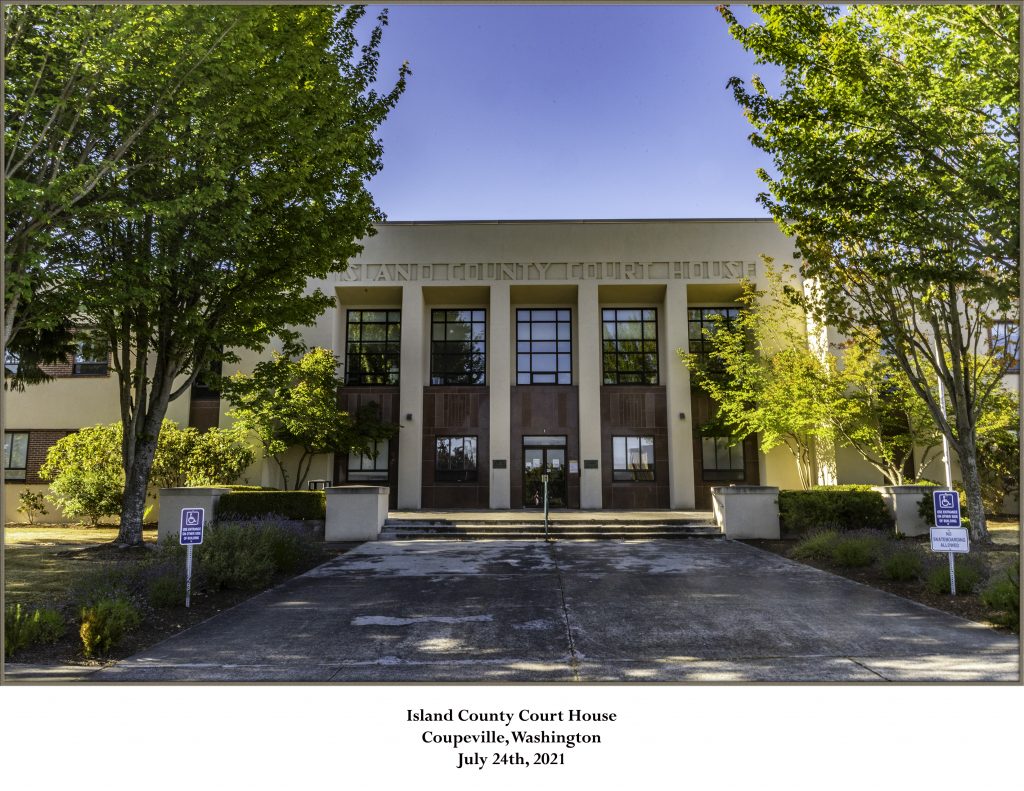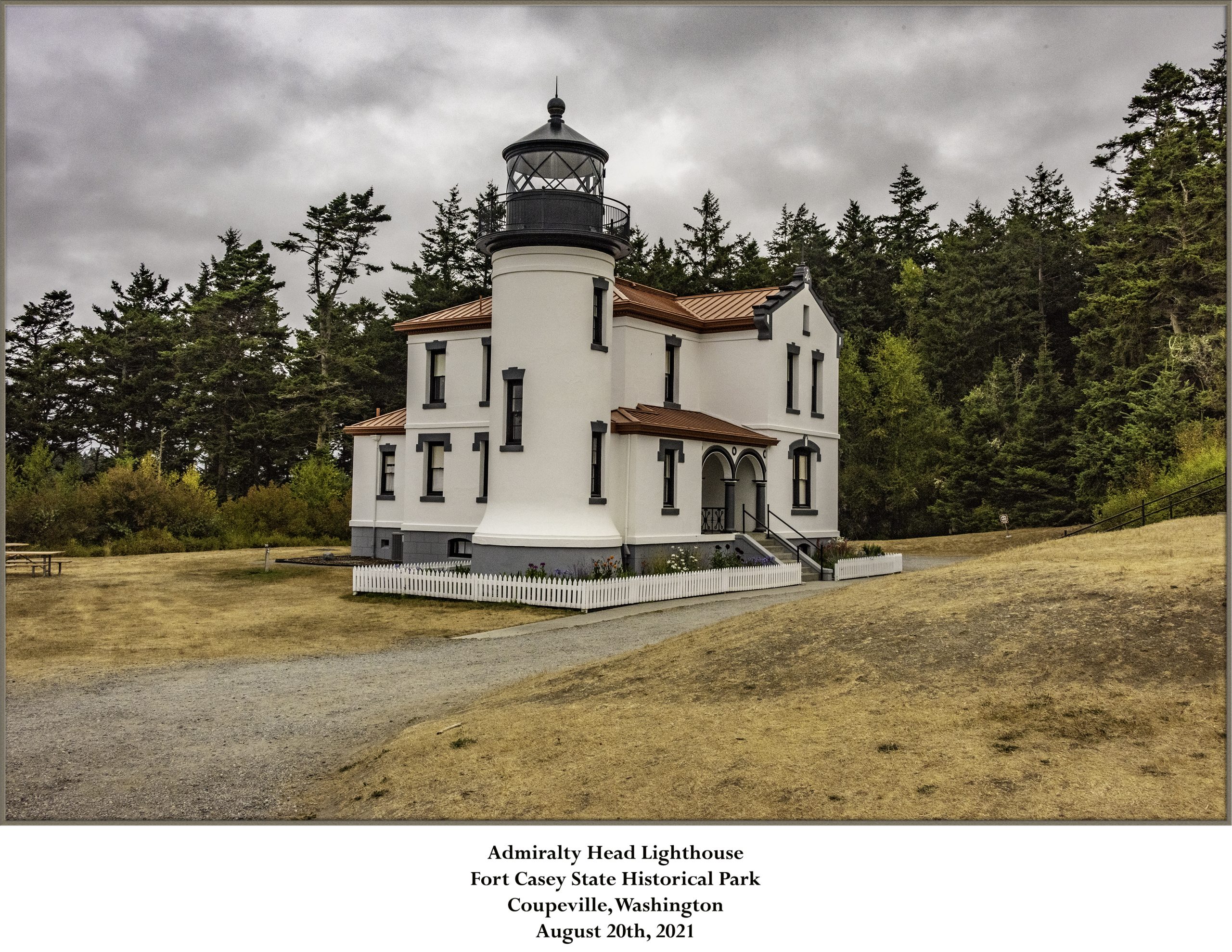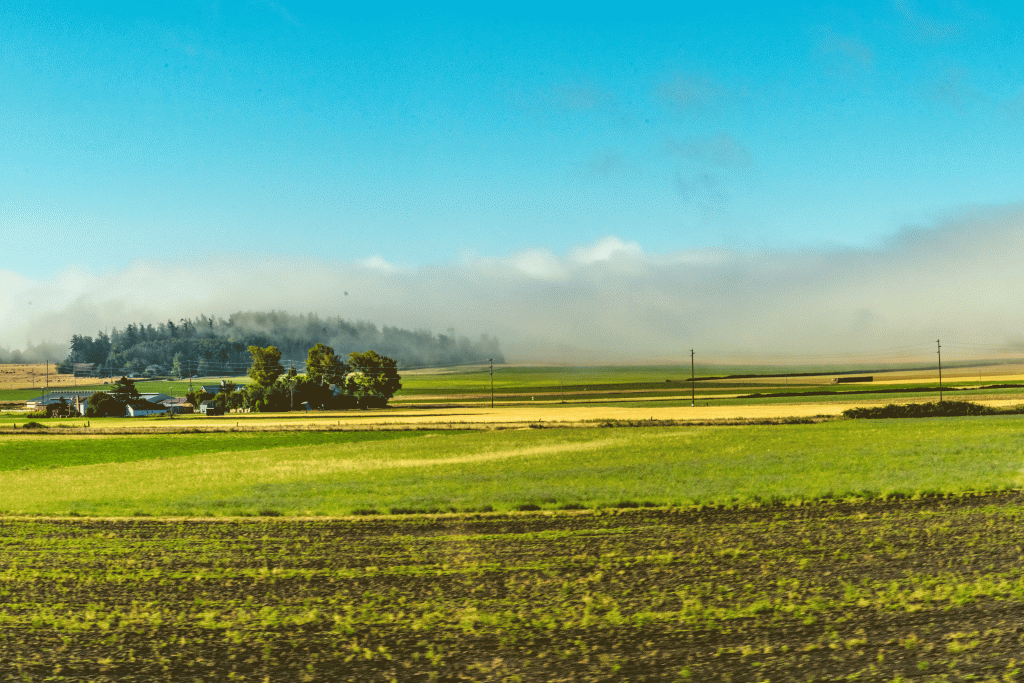Island County, Washington

The Creation of Island County, Washington
On January 6th, 1853, the Oregon Territorial Legislature created its last county north of the Columbia River. Two months later, the new Washington Territory would confirm Island County, Washington as the Territory’s eighth county. At the time of its creation, Island County consisted of all the islands in northern Puget Sound. It also covered the land mass lying between King County and the Canadian border west of the Cascade Mountains ridgeline. In time, Washington Territory would carve four more counties from Island: San Juan, Skagit, Snohomish and Whatcom.
Island County today consists of two large islands and seven smaller ones. Whidbey Island, Washington’s largest island, holds most of the County’s population. Camano Island is largely agricultural and lies between Whidbey Island and the mainland. Deception Island lies in, unsurprisingly, Deception Pass, which separates Whidbey from Fidalgo Island in neighboring Skagit County. Just to the east you find Ben Ure and Strawberry Islands.
Smith and Minor Islands lie west of Whidbey in the Strait of Juan de Fuca. Wikipedia tells us that “travel to these islands requires the largest open-water transit in Washington State.” The two islands, connected at low tide, lie roughly five and a half miles west of Whidbey. Baby Island, at low tide, is a peninsula west of Camano Island in the Saratoga Passage. Finally, all I can find of Kalamut Island are historical references to an island in Crescent Harbor east of the town of Oak Harbor.
Topography of Island County
Today’s Island County covers 517 square miles, less than half of which is land (208 square miles). Looking just at land area, Island County is the second smallest in Washington State, second only to neighboring San Juan County. 86,857 people call the County home, according to 2020 U.S. Census Data. The population puts Island County in 15th place of Washington’s thirty-nine counties.
Approximately three-fourths of the County’s population lives on Whidbey Island. Stretching some thirty-seven miles north to south, Whidbey is Washington State’s largest island, and the fourth largest in the contiguous 48 states. Both Oak Harbor, the County’s largest city, and Coupeville, the County Seat, are located on Whidbey Island, as are eight other communities and Naval Air Station Whidbey. One bridge connects Whidbey to Skagit County’s Fidalgo Island, the Washington Highway 20 bridge across Deception Pass. Washington State Ferries operates regular service across Puget Sound between Coupeville and Port Townsend in Jefferson County, and across Possesion Sound between Clinton and Mukilteo on the mainland’s Snohomish County.
Camano Island, the other large island in the County, lies between Whidbey and the mainland. It is connected via a bridge across Davis Slough on Washington Highway 532. The entire island is unincorporated, but several small communities dot the landscape. Roughly fifteen and a half miles long and at most six and a half miles wide, the island has a land area just shy of 40 square miles.
Coupeville, The Island County Seat

Ostensibly the second oldest community in Washington State, Coupeville traces its origins to 1853 and Captain Thomas Coupe. Wikipedia tells us that Coupe is the only person known to sail a square-rigged ship through Deception Pass. Using the Donation Land Claim Act, he established a 320-acre claim on Whidbey Island. Coupeville, named for the Captain, now sits on that claim.
Of course Coupe was not the first human being in the area. Prior to his claim, the Lower Skagit had three villages on Penn Cove. Penn Cove afforded the Skagit a bountiful supply of sea food as well as a safe harbor. It offered the same bounty to non-Native settlers who arrived beginning in the late 1840s.
The 1910 U.S. Census counted 310 residents in the town. This was down significantly from the 1890 Census, but in line with what the Census would count for the next forty years. Between 1950 and 1980, the population grew from 379 to 1,006. During that period, the city annexed adjoining lands eleven times. Today, Coupeville has 2,000 residents and is a thriving community.
Oak Harbor and other Communities
Oak Harbor is the largest city in Island County. With a 2020 population of 24,622, the city is the commercial center of Island County. A sleepy farming community, built on the site of ancient Skagit Tribal communities, Oak Harbor attracted a number of Dutch settlers when a developer published information written in the Dutch language. This venture brought settlers both from Holland, Michigan, and from the Netherlands itself. The city boomed when the U.S. Navy built Naval Air Station Whidbey in 1942.
Oak Harbor is home to three major festivals throughout the year. April brings Holland Happening–a festival of all things Dutch in honor of the sizeable number of settlers who came from the Netherlands. Oak Harbor throws a party each Fourth of July with a parade, live music, food and fireworks over the bay. Mid-Summer brings the hydroplane racers to the city for Hydros for Heroes, sponsored by the Oak Harbor Rotary Club. (In 2021, the race took place on July 31st and August 1st.) Just reading about the races got my heart pumping. I may have to be there for the 2022 races. Labor Day Weekend offers the Oak Harbor Music Festival.
Other communities in Island County include Langley near the southern end of Whidbey Island. Incorporated in 1913, the 2020 Census counted 1,154 residents. The Langley Post Office serves an area of over 26 square miles with a population of around 5,000. Langley hosts Mystery Weekend in February, the Welcome the Whales Festival in April, the Island County Fair in July and Djangofest NW each September. The latter is a five day music festival honoring the gypsy jazz style of Django Reinhardt. In addition, Island County boasts four Census Designated Places and numerous unincorporated communities.
The Military Influence
The military arrived at the turn of the 20th Century. Construction of Fort Casey began in 1897. The fort on Admiralty Head just west of Coupeville was part of a three-pronged effort to protect Puget Sound from invasion. Fort Casey joined Fort Townsend and Fort Flagler both across the inlet in Jefferson County on the Olympic Peninsula. Advances in military technology and the invention of the airplane soon made the forts obsolete. Today, Fort Casey Historical State Park covers 999 acres and serves as a major tourist attraction.

World War II brought more military to Island County when the U.S. buiilt Fort Ebey for coastal defense. Just a few miles from Coupeville, Fort Ebey today is part of the Washington State Park System and covers 651 acres. The state park’s website warns that “U.S. Navy jets from nearby Naval Air Station Whidbey Island may fly over the campground at any time for several hours. Navy personnel conduct training missions at various times during the day and night. Depending on the direction of the wind, their flight pattern may put them above the park, creating noisy conditions for campers.”
Speaking of which, Naval Air Station Whidbey dates back to 1942. With the entry of the U.S. into World War II, the military realized the need for a seaplane base. Unlike its cousins down island, NAS Whidbey remains a major military post and serves as Island County’s largest employer. Driving south on Highway 20, you cannot miss the station and the two jets standing guard near the entrance.
Industry and Agriculture
Naval Air Station Whidbey is the largest employer in the County, while over one quarter of non-military employment is found in state and local government, largely education. One of my surprises, driving around the County, was the number of decent sized farms in this, Washington’s fifth most densely populated county. City-data.com tells us that the average farm size is 43 acres.

Preservation in Island County, Washington
Island County has no motto I have been able to find. If it did, I would guess that motto would concern preservation. Island County has been very active in preserving its history. Taking over decommissioned military bases, saving blockhouses from the Indian Wars, even repurposing Coupeville’s downtown to put new businesses in one-hundred year old buildings. But perhaps the greatest act of preservation came in 1978 with the creation of Island County’s National Park–the only National Historical Reserve in the U.S. Concerned that their home was being over-developed, a group of people lobbied to protect the history and landscape of central Whidbey Island.
Centered on Penn Cove and spread across the entire width of the Island, the park covers over 19,000 acres. It includes farmland, former military sites, and the town of Coupeville, the County Seat. Unusual in National Park lands, the ownership is a combination of federal, state, county and private property. Ebey’s Landing National Historical Reserve memorializes one of the earliest residents of Whidbey Island, Isaac Ebey.
Isaac N. Ebey
Born in Columbus, Ohio in 1818, Ebey traveled west for the California Gold Rush, but soon headed north. Historians credit him with naming the city of Olympia, and lobbying for King County. He was the first permanent non-Native resident of Whidbey Island, moving there from Olympia in 1850.
Ebey’s importance ultimately did him in. A group of Natives from Vancouver Island landed at Ebey’s Landing looking for revenge. U.S. soldiers aboard the USS Massachusetts killed a tribal chief and his relatives came to Whidbey Island looking for an important person. Finding Ebey at his home, they shot him and then beheaded the corpse. Ebey’s body was buried with his first wife, but to the best of anyone’s knowledge, the head remained unburied. You can read the fascinating, if somewhat morbid, story in the Wikipedia article about Isaac N. Ebey.
My Time in Island County
By way of conclusion, I shall speak of my four visits to Island County. In 1972, driving cross-country with a Swiss friend, we took the ferry from Port Townsend to Coupeville, then headed north on Washington Highway 20. We camped overnight in Deception Pass State Park, before crossing the bridge into Skagit County. I thought then, and continue to think it the loveliest state park I’ve ever visited.
In 2016, I crossed the Davis Slough and visited the northern end of Camano Island. I grabbed photos of farmland and the water on the west side of the island, but didn’t get to do much in the way of exploration. I knew I would have to come back, but so far that has not happened.
Fast forward to this past Summer, 2021, when I was able to make two trips to Island County–this time back to Whidbey Island. The first trip took me to Oak Harbor, but no further. The second, on the way home from touring San Juan County, had us drive the length of Whidbey Island, from Deception Pass to Clinton where we took the ferry to Mukilteo in Snohomish County. Have I seen all I want in Island County? Far from it. I’ve already asked my partner if we can return in the Summer of 2022. Those hydroplane races really intrigue me.
If you’d like to learn more about tourist activities there, visit the website for Island County Tourism. There is so much to see and do in this second smallest of Washington’s thirty-nine counties. You won’t be disappointed.
![]()

0 Comments on “Island County, Washington”